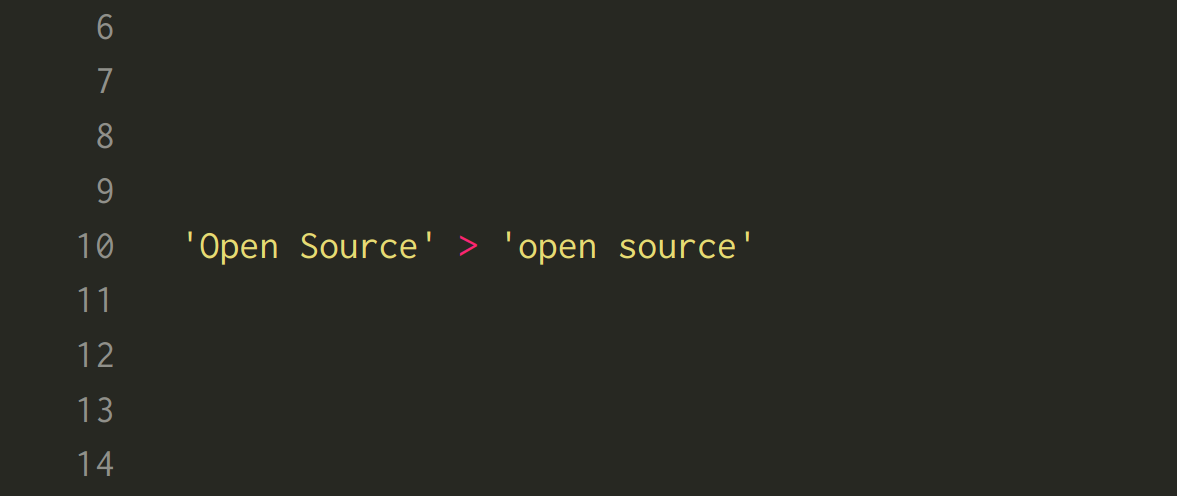Maybe it is not a bad idea to look back a bit and see how this term came to the scene. Much earlier and in the mid-1980s, the Free Software definition was introduced. Though the definition was about four essential freedoms of the software user (to use, study, modify, and share), many people were taking the “Free” as free of cost.
This confusion along with a few other motivations led to another term to get into the scene at the end of the 1990s: Open Source. Open Source came to achieve some goals including removing confusion about the “Free” part of the Free Software idea. The Open Source Definition (OSD) listed ten criteria for a software to be called Open Source:
- Free redistribution
- Include source code
- Allow derived works
- May protect the integrity of the author’s source code
- No discrimination against persons or groups
- No discrimination against fields of endeavor
- Distribution of license
- Not be specific to a product
- Not restrict other software
- Technology-neutral
Interestingly, the availability of the source code is not the first criterion but the second. This simply means software that only shares the source code and does not comply with the rest of the nine criteria, is not Open Source software. Such software is called Source Available.
In this regard, having access to lots of JavaScript code doesn’t mean they are Open Source. Releasing a code without explicitly mentioning the license (approved by OSI) means it is not Open Source software. Again: “Open source doesn’t just mean access to the source code. The distribution terms of open-source software must comply with the” ten criteria mentioned above.
Next time you hear Open Source, remember that:
Open Source > open source


Commentaires
Pas encore de commentaires. Soyez le premier à réagir !